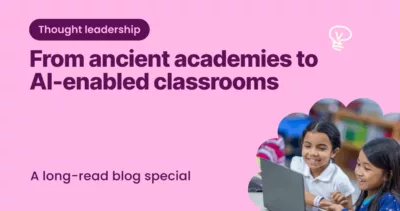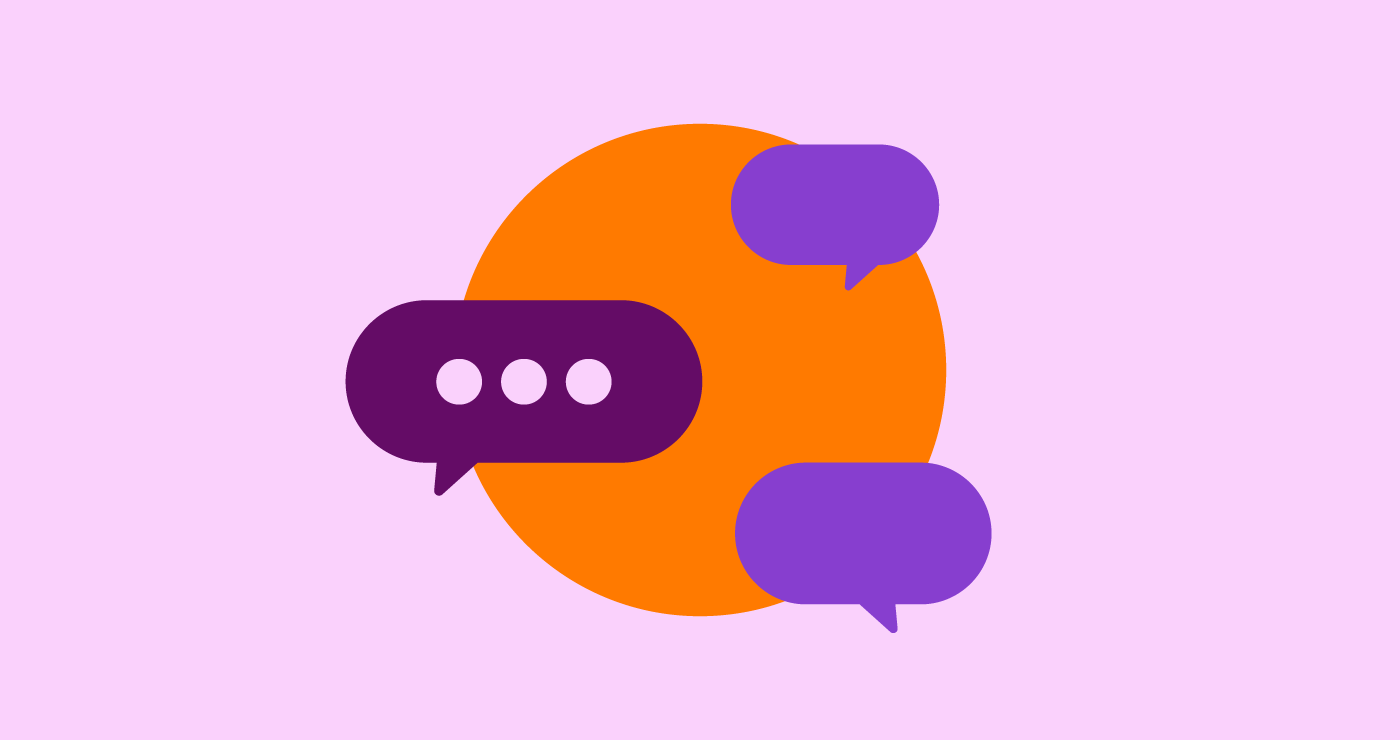We’re all about creating engaging lesson content to get students’ attention and help them find learning fun! We’ve put together some key engagement strategies you may want to familiarize yourself with before reading this blog — check them out here. From these engagement strategies, you’ll be aware of the importance of active learning when it comes to classroom activities to increase student engagement.
One of the best ways to increase student engagement is to ensure that teaching strategies are aligned with students’ interests. We’ve drawn on some fun activities your students will know and love so they can put those problem-solving skills into practice while developing skills for real life.
Why not add these engaging learning activities to your lesson plans?
1. Video games in classroom
For those avid gamers in your class, this could be an instant winner. Get them coding and understanding the mechanics of gaming. Instead of playing a game to learn, use the programs available, to turn the tables on your students and get them to design, modify, and code games. This is teaching real quantifiable skills in a medium where kids are used to being engaged and problem-solving for fun. This method combines both!
2. Guess who
Ask the whole class to enter their own description using adjectives and play guess who. This is a learning process for self-awareness in learners but also for trying to match other students to their own descriptions. You can use our guess who template for the kids to engage them.
3. SMART Goal Setting
To increase student engagement you can set SMART goals with them. This will pique their interest and improve their investment and performance across the semester. Use Kami’s SMART Goals Graphic Organizers to outline what your students are working towards across a certain time period. When their concentration or commitment might be lacking use this worksheet to remind them of the end goal.
4. Get talking
If you’re breaking up learners into small groups for teamwork use Kami’s Get Talking template to warm up and get the creative juices flowing and identify the parameters of the work you’re setting to ensure they fully understand.
5. Get moving
You know how effective a brain break can be in helping students’ attention spans. Have a quick break and use Kami’s Get Moving template and engage students by changing up the routine
6. Quickwrite
Encourage students to think critically and independently with a Quickwrite exercise. Give them a prompt and let them write for a set time without worrying about spelling or grammar. This activity encourages creative thinking and helps students practice self-expression. If you want, you can review the writings at the end of the week for further development.
7. Scavenger hunt
Scavenger hunts are a good way to engage the whole class. Ask them to use their observational skills to search for things around the classroom (things that trigger all the senses, or something beginning with every letter of the alphabet?) Kami’s Scavenger Hunt Templates can help you set up the hunt and track progress. You can also check out these great ideas.
8. Think Pair Share
Think Pair Share is a collaborative learning activity. You can pose a question, to learners and first they THINK to themselves before you direct them to discuss their answer or thought with another learner (PAIR). Then, the small groups SHARE what they talked about with their pair with the whole class. Students can use critical thinking skills to create a learning environment that encourages well-thought-out responses.
9. Quizzes
Quizzing is an effective way for student learning and for you to track learning accountability. As above, you may have set SMART goals with your students. This may include achieving a certain grade in a semester. Quizzes are a fun way to track how these academic goals are going. You can evaluate students’ progress, improve student engagement and, improve knowledge retention all in one. There are some options here, here, and here.
10. Brainstorming
Brainstorming is the discussion you may have with the whole class or small groups to throw out ideas for further discussion and then focus on some of those further for a project. Brainstorming is an excellent tool for teamwork (you’ll note it is used in professional development, not just the classroom). If working with the whole class, write the suggestions on the whiteboard to recognize students’ contributions and engage students.
Final Thoughts: Boosting Student Engagement for Better Learning
The benefits of student engagement are well-documented, and these activities are designed to make learning more fun and interactive. By aligning your activities with students’ interests, you can create a classroom environment where students are excited to participate and learn.
For even more strategies to boost student engagement in your classroom, check out our Student Engagement Insights blog. There, you’ll find additional tips and inspiration to keep your classroom buzzing with energy and enthusiasm!
You may also like

From ancient academies to AI-enabled classrooms

Improving AI literacy in American schools


